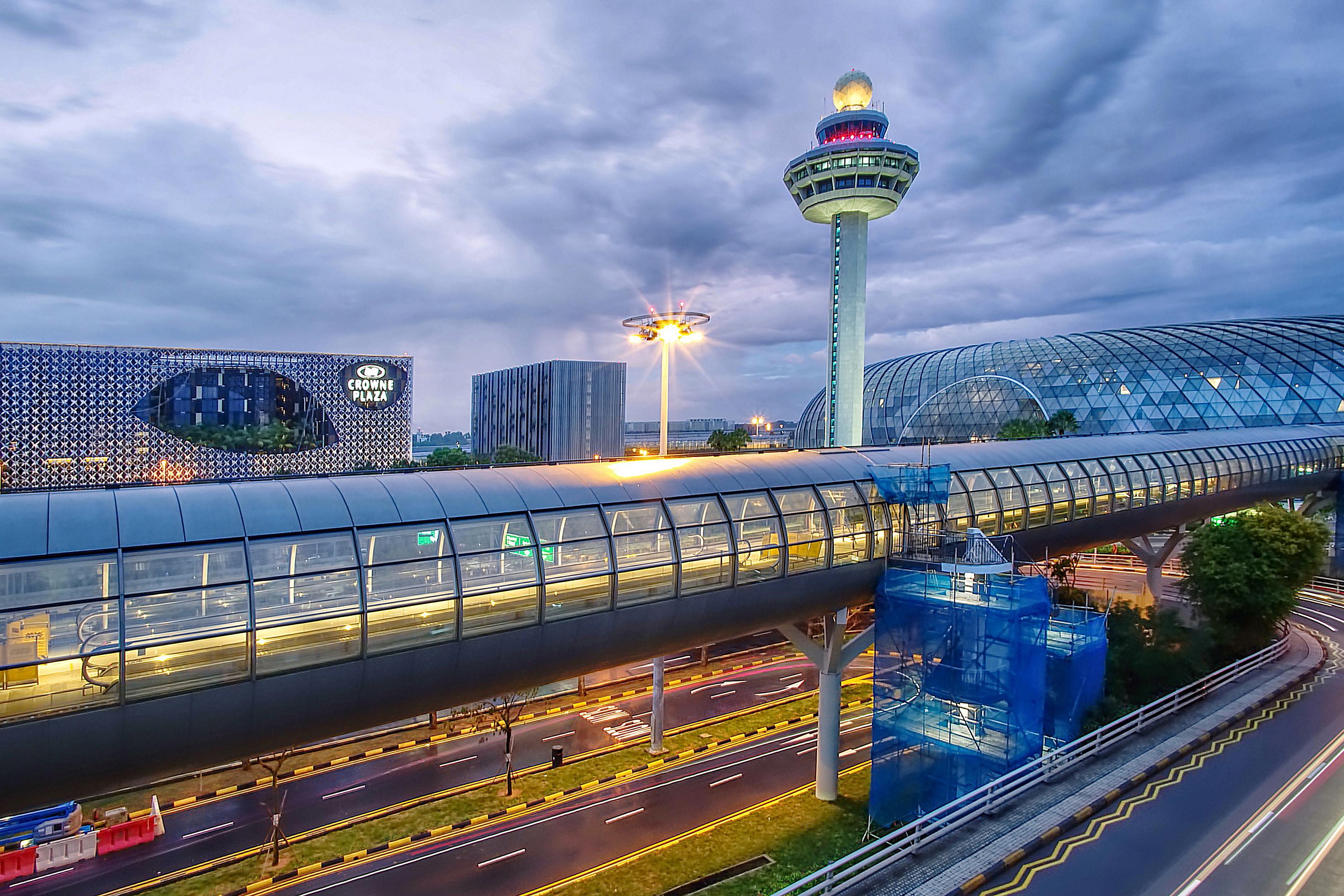|
Singapore�s mid-market hotel industry is being
forced to consider reimagined business models, guest amenities and
experiences, as well as space usage due to challenges presented by
COVID19 and evolving consumer trends and lifestyle choices.
According to JLL Hotels & Hospitality Group,
Singapore�s mid-market segment has strong recovery prospects
post-COVID, but owners must adapt platforms to meet changing
traveller demands and exercise flexibility to differentiate
offerings amidst an increasingly crowded hotel market.
�COVID19 has raised existential questions about
the future of the mid-market hotel space, both in Singapore and
across the globe. Increasingly, we will see social and economic
implications framing the business model of this sector within
Singapore�s hospitality scene. This will force the mid-market
segment to reimagine their assets, their definition of flexibility
and determine the urgency to adapt,� said Adam Bury, Executive
Vice President, Investment Sales, Asia Pacific, JLL Hotels &
Hospitality Group.

Singapore�s mid-market hotel industry has
experienced rapid growth since 2010. The mid-market hotel segment
has grown substantially over the past decade, with current stock
accounting for 51% of the total hotel supply in Singapore.
Room revenues have closely correlated with new
supply, with mid-market sectors in Singapore showing encouraging
RevPAR growth from 2016 through to
2019 as the market absorbed the new supply.
Pre-COVID, it was anticipated that this
performance growth would continue into 2020 with supply remaining
limited and outpaced by the growth in arrivals to the country.
Between 2010 and 2019, the sector consistently posted high
occupancy rates of over 80%. However, occupancy rates dropped by
over 13% and RevPAR declined by approximately 49% in the first
nine months of 2020, year-on-year, due to the impact of COVID19
and despite government driven demand.
With limited new supply coming
onto the market in the near-term and a massive growing middle-income population in the surrounding ASEAN region,
JLL believes the mid-market
segment is poised to lead recovery in the hospitality sector.
JLL recommends the following:
- Hotel owners ensure that all efforts are being made to be COVID-ready and
meet changing traveller demands. With 87% of Asia Pacific
consumers expecting to make changes to the way they travel and
many evolving the way they live and work, hoteliers must
constantly strive to be at the forefront of demand trends. Owners
are encouraged to invest in safety measures and procedures at
properties, enhance cleaning and hygiene standards, and improve
booking channels to reflect tailored requests from guests.
- If owners want to maintain their hotel
business model, then this is an opportune time to invest in the
property. Asset enhancement can be achieved through strategic capex allocation to make refurbishments to the property. In some
cases, this may be considered defensive capex whereby the
intention is to stay competitive � particularly in heritage
properties, but possibly across the sector, there has been an
identifiable trend of capex initiatives being used to
significantly reposition the hotel, materially increase ADR and
thereby increasing gross revenues.
- Hotel owners should also
consider alternative uses, such as converting hotels into
co-living or student accommodation assets, as demand for
residential leasing and student accommodation increases,
potentially providing a more stable cash flow to owners. Even if a
full conversion may not occur, offering a more flexible product
may support income during the recovery cycle.
�The mid-market segment has strong recovery
prospects post-COVID, but regardless it will be a highly
competitive environment. Smaller independent players cannot sit
still, and competing on rates is not a viable solution, with the
wider guest offering seen as the major differentiator going
forward,� said Bury.
See latest
Travel News,
Video
Interviews,
Podcasts
and other
news regarding:
COVID19,
JLL,
Singapore.
|
Headlines: |
|
|
